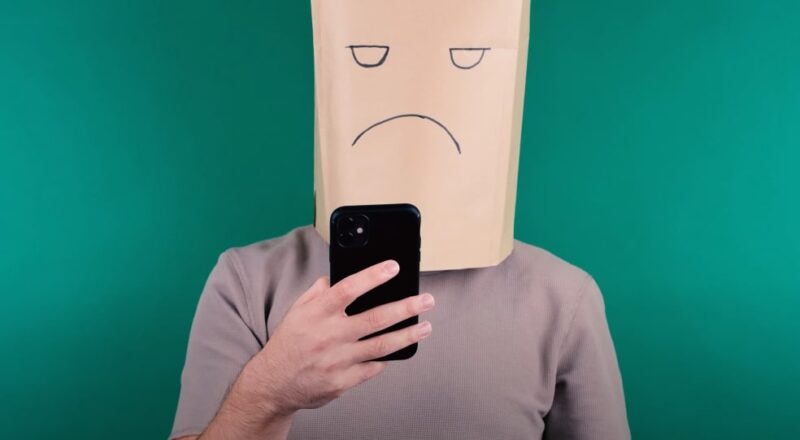Recently, TikTok featured a clip claiming to show a “ring glitch” in a video where the Princess of Wales announces her cancer diagnosis.
This clip, claiming to reveal the truth, has garnered 1.3 million views.
Similar content, where users dissect the video with dubious evidence, has also gone viral, spilling over to X (formerly Twitter) and WhatsApp, shared by friends and family who believe they’re uncovering facts, not fallacies.
Blurring Lines Between Social Media Platforms
Social media’s landscape is transforming in subtle yet significant ways. Content once unique to specific platforms is now intermingling across the board.
Instagram reels share TikTok videos and vice versa, all finding their way onto X.
This content crossover, driven by algorithms, often traps us in a loop, feeding us posts from people we don’t follow on a “For You” page.
A message from Catherine, The Princess of Wales pic.twitter.com/5LQT1qGarK
— The Prince and Princess of Wales (@KensingtonRoyal) March 22, 2024
If we’re not careful with our settings, our homepages become cluttered with these suggestions, limiting our control over what we see.
This shift has turned platforms into crowded marketplaces of content where engagement is king. Sometimes, it’s straightforward, like traditional ads, but often, it’s more covert.
Creators recommend products on “shop fronts,” earning commissions from your purchases, all under the guise of helpful suggestions.
The system rewards content that stirs engagement, and conspiracy theories are particularly effective.
Evolution of Online Conspiracy Theories
Conspiracy theories aren’t new to the online world, but their tone has shifted. They’ve moved from fringe to mainstream, appearing in everyday feeds.
This change seemed to accelerate with X’s new verification policies under Elon Musk, giving a platform to authoritative-sounding posts regardless of their truthfulness.
Now, conspiracies are presented more genteelly. Users post vague videos with leading questions or thread together “observations” to sow doubt.
Verified accounts suggest that incidents like the Baltimore bridge collapse weren’t accidents, without offering solid proof.
🚨🇺🇸 Clip of Boat striking Baltimore Bridge Gantry at 8x speed is truly insane.
What do you notice? pic.twitter.com/PcDsgZadC7
— Concerned Citizen (@BGatesIsaPyscho) March 26, 2024
The internet’s complexity makes it hard to navigate. Monetization now drives more content than we might think, turning social media from a casual space into a professional one.
Users aim for viral content to attract brand deals, benefiting both themselves and the platforms that profit from monetization services.
For example, claims of a Kremlin-linked network exploiting Kate Middleton conspiracy theories for traffic underscore how political and commercial motives intertwine.
This manipulative practice isn’t confined to social media; legacy media has its history of spinning stories for clicks, especially regarding celebrities and royalty.
The dynamic between the royal family and the media has evolved, particularly since Queen Elizabeth’s passing.
The royals are now viewed more as crude celebrities, with the public feeling entitled to more from them than from other famous figures.
The Middleton case is just one example of how social media has changed the narrative landscape.
This isn’t merely about highlighting the worst of human behavior online.
New commercial entities are challenging traditional media, offering alternative narratives that gain traction through their viral nature.
For established media, understanding this shift is a complex challenge that goes beyond questioning the public’s morals.


